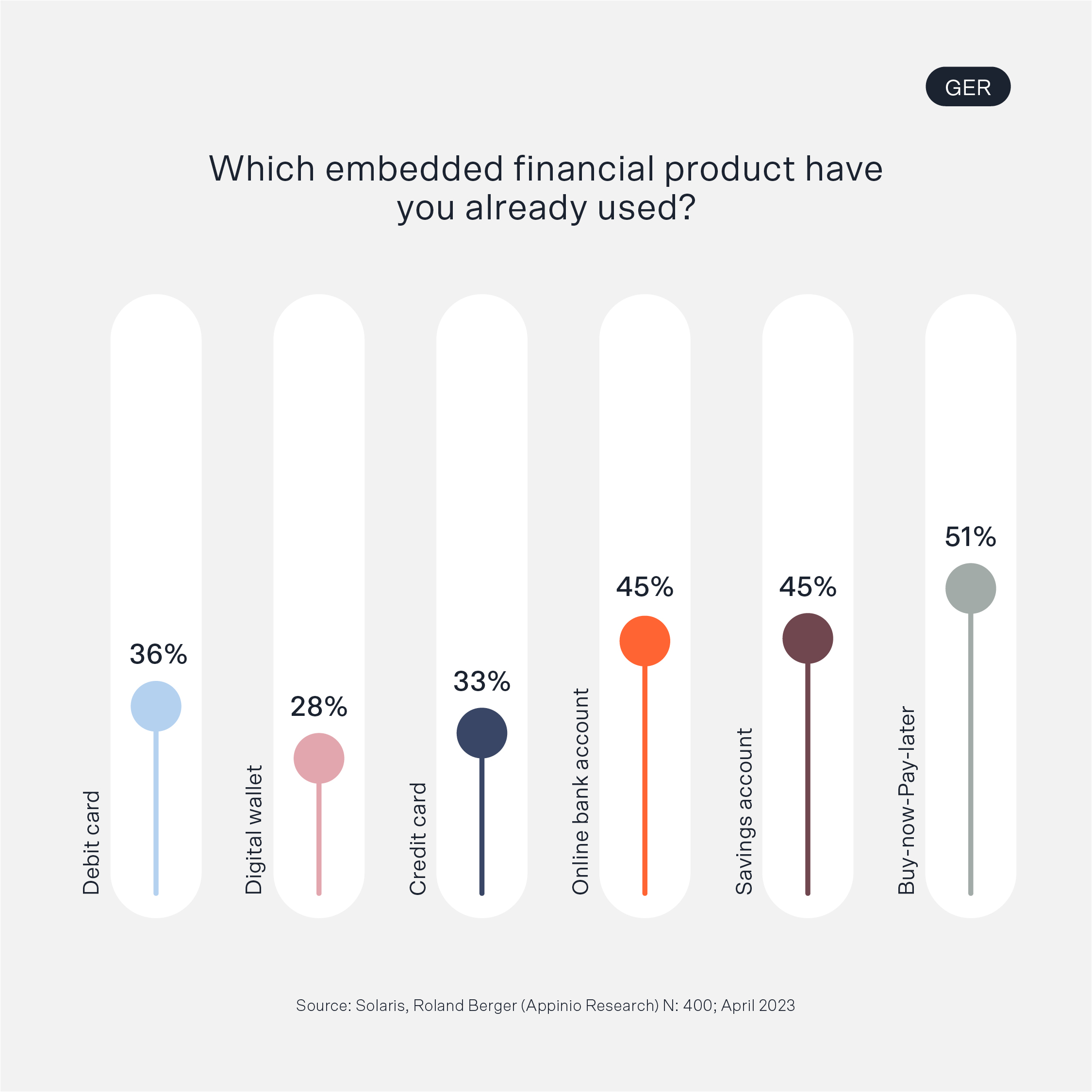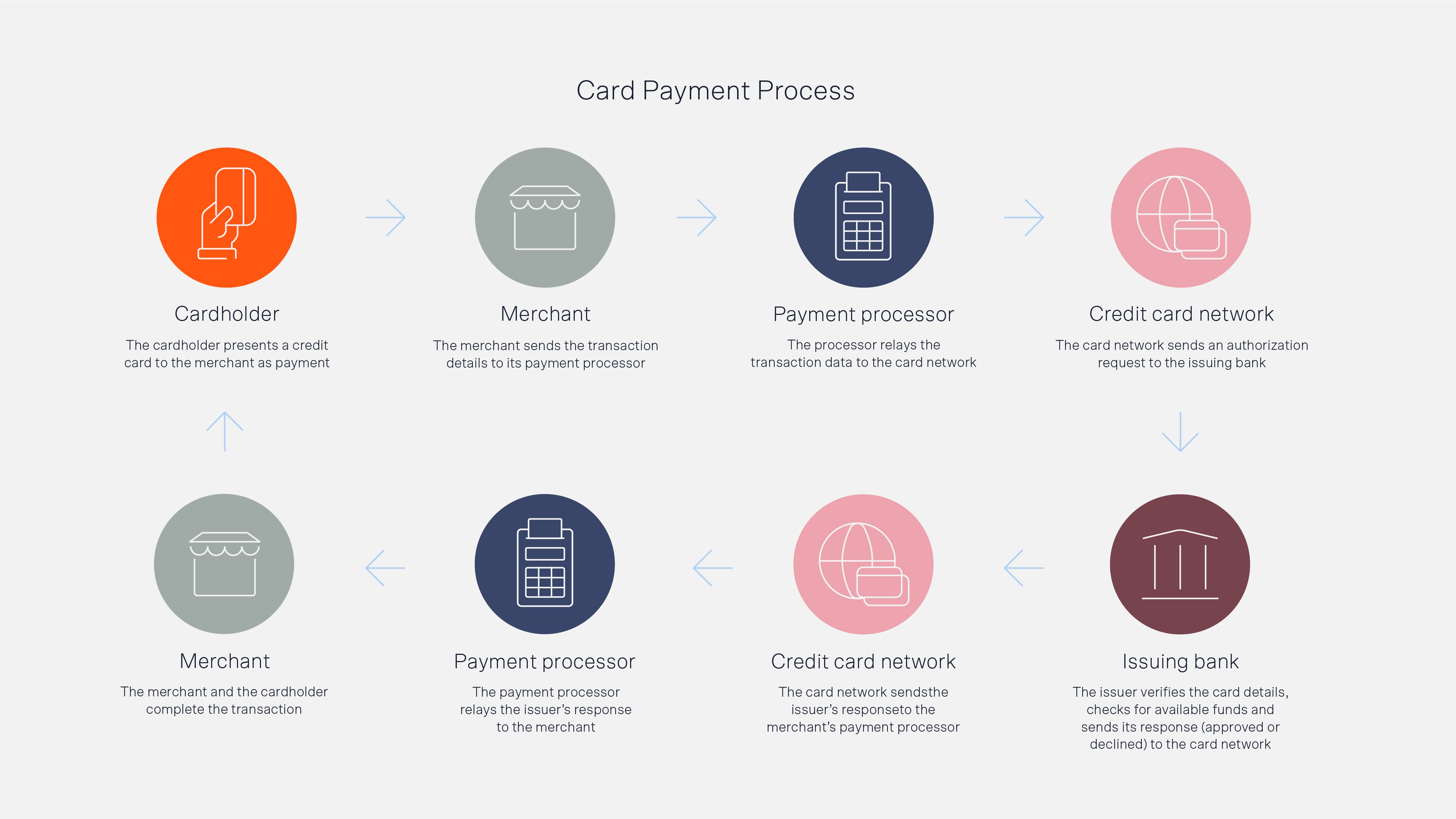Which payment card is best for your customers: credit, debit, or prepaid?
6 minute read


Thinking of launching a branded payment card?
While credit, debit, and prepaid cards all have the same basic goal — enabling your customers to make online and offline payments — they differ in fundamental ways.
In this post, we'll examine the key differences between them and evaluate their strengths and weaknesses. We'll also take a look at how cards are evolving, including an exciting new product we've just launched.

Debit cards: the low-risk option
As the name suggests, a debit card deducts money from the bank account it's linked to. Put more simply, when a customer pays with a debit card, they're essentially 'withdrawing' money from their bank account, without physically going to an ATM and taking out cash.
With the notable exception of the UK, Ireland, Turkey, and Greece, debit cards are the most popular cashless payment method in Europe, and with good reason.
First, it's cheap and easy to get one. Most banks, neobanks, and other current account providers issue a basic debit card for free when you open an account.
Second, if the card is issued by Visa or MasterCard, it's accepted almost anywhere in the world.
Third, and most important, because you can only spend what's in your account. This makes it easy to avoid overspending and stay on budget. From a merchant's perspective, providing a debit card is a relatively low-stakes way of deepening your relationship with customers.
Customers will have your brand front of mind whenever they make a purchase — even if it's from another merchant — without you having to take on the risk that said customers might struggle to repay their balance.
It's also possible to generate revenue through interchange fees — with Solaris' issuing model, you earn part of the interchange fee on every transaction — and by offering customers the option of paying for premium features. For instance, a paid Prime plan can offer customers more cashback, higher transaction limits, and enhanced foreign currency features.
Our Senior Product Manager Suria Ribeiro explains why the debit card is so popular with our partners:
Our partners love debit cards because they offer customers a combination of convenience, spending control, and security by providing strong protection against fraud. This makes them a popular choice for both personal and business transactions.
The only thing that is difficult for businesses to gauge is whether customers will use a debit card as their primary means of payment.
Whether customers make big-ticket purchases with the debit card depends on the spending budget with which the card is loaded.
Because payment is taken in full from the customer's available balance, it's not possible to spread the cost of a larger item.
Interchange fees also tend to be lower than they are on credit card transactions. And, because they're not a credit product, you don't earn revenue from interest payments.
Credit cards: borrowing on demand
Where debit cards take money out of the available balance in your bank account, credit cards are a type of loan.
When you buy something with a credit card, your credit card provider pays for it on your behalf. You then have the option of paying it back in full at the end of the month, or in installments over a number of months.
Because of the way they work, credit cards are often the preferred payment method when customers purchase big ticket items, so offering them is a good way to increase average basket size.
Alongside interchange fees, credit card providers also earn interest on outstanding balances. And some charge monthly or annual fees in exchange for premium rewards like global travel insurance and extended warranties on purchases.
The flipside is that, because credit cards are a form of borrowing, they have an element of risk.
Customers can easily get carried away and buy too many items they can't afford. If they take too long to repay their outstanding balances, interest can make the debts unmanageable and lead to defaults.
Some consumer segments are also less likely to use credit cards. So, depending on who your core customers are, issuing a debit card may be a better choice.
Case in point, the bulk of card payments in Germany are made with debit cards. According to the Deutsche Bundesbank, only 6% of card transactions in 2021 were paid by credit card.
Credit card use also varies by age group.
According to credit referencing agency Experian, Gen Z — people born between 1997 and 2012 — are the group of US consumers least likely to pay by credit card. Given that younger people have short credit histories and, so, have a harder time accessing credit products, this is likely to be the case in Europe too.

Prepaid cards: the best of both worlds?
The first prepaid cards hit the market in the 1970s. But it was only with the introduction of SEPA (the Single Euro Payments Area) in 2009 that they started gaining ground in Europe.
SEPA made it easier and cheaper to use prepaid cards in Eurozone countries. As a result, they exploded in popularity, to the point where, in 2021, Western Europe was the second largest prepaid card market in the world.
Prepaid cards are half-way between debit and credit cards.
The card is typically linked to an online wallet. You can top up the wallet either from a debit card, credit card, or bank account, or by going to an authorized pay point and depositing cash. Once the money is in your wallet, you can use your prepaid card as you would a traditional debit card.
The biggest benefit of prepaid cards is that they enable you to pay digitally even if you don't have a bank account. This has made them an important tool in the fight against financial exclusion.
Prepaid cards also have other compelling benefits:
-
They're a great way to control spending, because you can only use what's on the card and can't get overdrawn
-
They're safer. Should your card details fall in the wrong hands, they'll only be able to spend what you've loaded on the card
-
They're more private than credit and debit cards
On the downside, prepaid cards typically have strict limits on how much you can load and spend. So, while they're useful for budgeting, they're unsuitable for purchasing big-ticket items.
You're also unlikely to be able to use them for certain transactions, such as paying for a hotel room or car rental. This is because these merchants 'block' a security deposit, something they can't do on a prepaid card.
The future of payment cards
Despite operating in significantly different ways — and having unique strengths and weaknesses — the lines between credit, debit, and prepaid cards are starting to blur.
Modern debit cards and prepaid cards have many of the perks that you traditionally could only get from a credit card, including anti-fraud protection, cashback, rewards, and insurance. As a merchant, providing customers with these features is an opportunity to increase loyalty and reinforce your brand.
Digital bank Tomorrow, for example, offers a sustainable mobile banking experience that enables its users to achieve a positive impact with their money. The users’ deposits are invested in social and ecological projects, including renewable energies and social housing developments.
When asked how the premium wood debit card has been received, Maria Mondry, Head of Banking at Tomorrow, said:
We experienced great interest in our wooden card right from the launch. For many customers, the wooden card was and still is more than just a sustainable, aesthetic alternative to plastic cards. It is much more seen as a symbol for a new attitude to money and consumption.
Once the customer is on board, the card can also become the gateway to a wider ecosystem, enabling you to use payment data to offer highly personalized and more valuable financial services such as loans, savings, and brokerage.

Credit cards vs debit cards vs prepaid cards in a nutshell
So, what's the best payment card to offer your customers? A credit card, a debit card, or a prepaid card?
Credit cards are best for flexibility, but they carry more risk and aren't as popular with younger consumers.
Debit cards, on the other hand, are great for everyday purchases and popular across age groups, but they're unsuitable for spreading the cost of big-ticket items.
Prepaid cards are best for the privacy-conscious, those on a budget, and consumers who don't have access to a bank account, but they're not as flexible as debit or credit cards.
The bottom line is that it depends on your customers. Understand their personal preferences, buying habits, and attitudes towards payment, and you'll be more likely to deliver a product that truly meets their needs.
Want to make it easier for your customers to pay, increase loyalty, and create a valuable new revenue stream?
Whether you're launching a credit card, debit card, or prepaid card, we can help.
Find all options in our ultimate guide to payment cards.